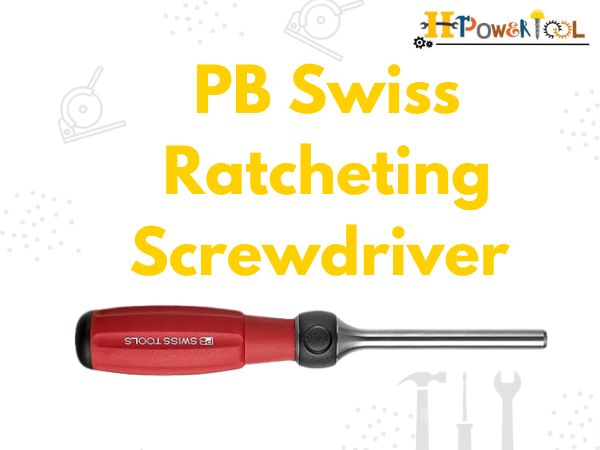What Size Wrench For O2 Sensor?
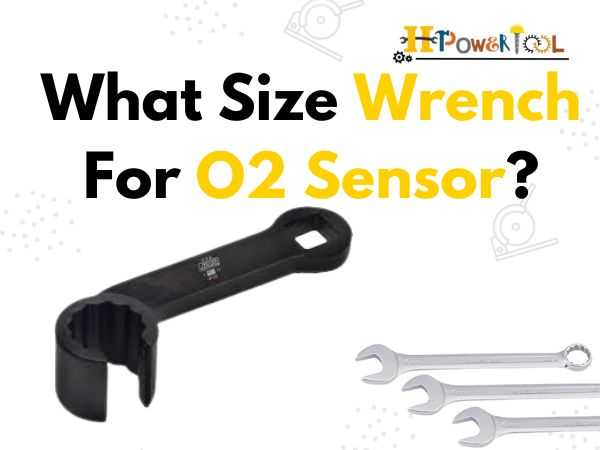
Auto Amazon Links: No products found.
Oxygen sensors, commonly known as O2 sensors, are crucial components in modern vehicle systems. These sensors play a vital role in monitoring exhaust gases, ensuring optimal fuel efficiency, and reducing harmful emissions. O2 sensors provide valuable data to the vehicle’s engine control unit (ECU), helping it adjust the air-fuel mixture for efficient combustion. In this article, we will discuss what size wrench for o2 sensor…
Contents
- 1 Importance of O2 Sensors in Vehicle Systems
- 2 Understanding O2 Sensor Sizes
- 3 Different Types of O2 Sensor Connections
- 4 Tools Required for O2 Sensor Replacement
- 5 Overview of Wrench Sizes for O2 Sensors
- 6 Factors to Consider When Choosing the Right Wrench Size
- 7 Common Wrench Sizes for O2 Sensor Removal
- 8 Matching the Wrench Size to the O2 Sensor
- 9 Alternatives to Standard Wrenches for O2 Sensor Removal
- 10 Tips for Proper O2 Sensor Removal and Installation
- 11 Dealing with Stubborn or Rusty O2 Sensors
- 12 O2 Sensor Removal and Replacement Steps
- 13 Importance of O2 Sensor Torque Specifications
- 14 Conclusion: Selecting the Correct Wrench Size for O2 Sensor Maintenance
- 15 FAQs (What Size Wrench For O2 Sensor)
Importance of O2 Sensors in Vehicle Systems
O2 sensors are essential for maintaining the right air-fuel ratio, which directly impacts engine performance and emissions. They help vehicles meet emission standards, improve fuel economy, and extend the lifespan of the catalytic converter. Without functioning O2 sensors, a vehicle’s engine could run poorly, consume more fuel, and emit higher levels of pollutants.
Understanding O2 Sensor Sizes
O2 sensors come in various sizes, and understanding these size specifications is vital for proper replacement and maintenance. The size of an O2 sensor refers to the diameter of the sensor’s housing or the hexagonal section used for installation.
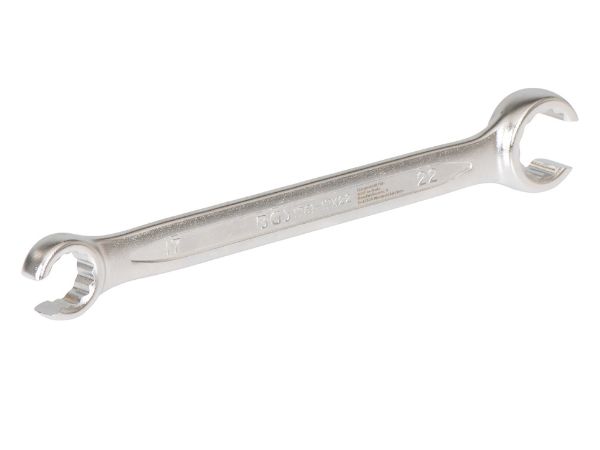
Different Types of O2 Sensor Connections
There are different types of O2 sensor connections, such as threaded and flanged connections. Threaded O2 sensors are screwed into the exhaust system, while flanged O2 sensors are bolted onto specific locations.
Tools Required for O2 Sensor Replacement
Replacing an O2 sensor requires specific tools. Apart from the right wrench size, you may need a socket wrench, extension bar, and possibly a penetrating oil to loosen stubborn sensors.
Overview of Wrench Sizes for O2 Sensors
Wrench sizes for O2 sensors can vary depending on the make and model of the vehicle. Common wrench sizes include 7/8 inch (22mm) and 1 inch (27mm), but other sizes may be required for certain vehicles.
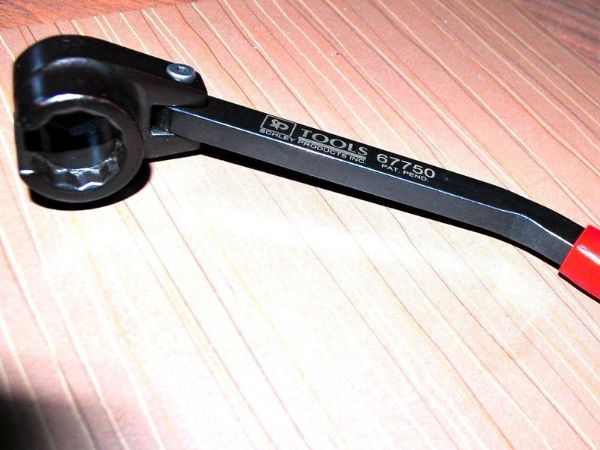
Factors to Consider When Choosing the Right Wrench Size
When selecting the appropriate wrench size for an O2 sensor, it’s crucial to consider the sensor’s location, accessibility, and any potential clearance issues that may arise during removal and installation.
Common Wrench Sizes for O2 Sensor Removal
Some of the most common wrench sizes for O2 sensor removal are 7/8 inch (22mm) and 1 inch (27mm). These sizes are widely used and cover a majority of O2 sensors in various vehicle models.
Matching the Wrench Size to the O2 Sensor
To ensure a successful O2 sensor replacement, it’s essential to match the wrench size precisely to the sensor’s specifications. Using the wrong wrench size can lead to damage and make the removal process challenging.
Alternatives to Standard Wrenches for O2 Sensor Removal
In situations where standard wrenches cannot be used due to restricted access, specialty O2 sensor sockets or crowfoot wrenches might be viable alternatives.
Tips for Proper O2 Sensor Removal and Installation
Proper O2 sensor removal and installation require care and precision. Following best practices, such as using penetrating oil, ensuring the exhaust system is cool, and avoiding cross-threading, can prevent complications during the process.
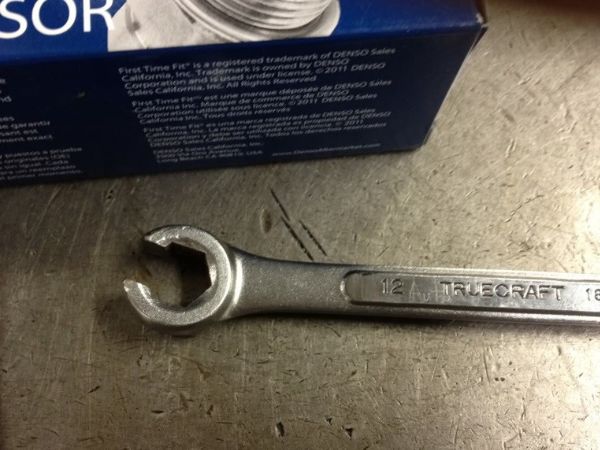
Dealing with Stubborn or Rusty O2 Sensors
Some O2 sensors may become stubborn or corroded over time, making removal challenging. Employing proper techniques, such as using penetrating oil and allowing it to work its way into the threads, can help with stubborn sensor removal.
O2 Sensor Removal and Replacement Steps
A step-by-step guide to removing and replacing O2 sensors should be followed to ensure a smooth process. These steps typically include safely lifting the vehicle, disconnecting electrical connectors, and using the correct wrench size for removal.
Importance of O2 Sensor Torque Specifications
When installing new O2 sensors, it’s essential to follow the manufacturer’s torque specifications. Proper torque ensures a secure fit and prevents sensor damage or leaks.
Conclusion: Selecting the Correct Wrench Size for O2 Sensor Maintenance
Choosing the right wrench size for O2 sensor maintenance is crucial for successful replacement and installation. By considering factors such as sensor location, accessibility, and clearance, as well as using the appropriate wrench size, vehicle owners can ensure smooth O2 sensor maintenance and optimal vehicle performance.
FAQs (What Size Wrench For O2 Sensor)
How do I determine the wrench size for my O2 sensor?
To determine the wrench size for your O2 sensor, you can consult the vehicle’s owner manual or the sensor’s specifications. Additionally, you can measure the width across the flats of the sensor’s hexagonal section using a caliper or a ruler.
Are there universal wrench sizes for O2 sensors?
While there are common wrench sizes like 7/8 inch (22mm) and 1 inch (27mm) that work for many O2 sensors, there is no universal wrench size that fits all sensors. It’s essential to check the specific requirements for your vehicle’s O2 sensor.
Can I use an adjustable wrench for O2 sensor removal?
While adjustable wrenches can be convenient, it is generally recommended to use a wrench of the correct size rather than an adjustable wrench. Adjustable wrenches may not provide a secure fit, increasing the risk of damaging the sensor or encountering difficulties during removal.
Auto Amazon Links: No products found.
Auto Amazon Links: No products found.





